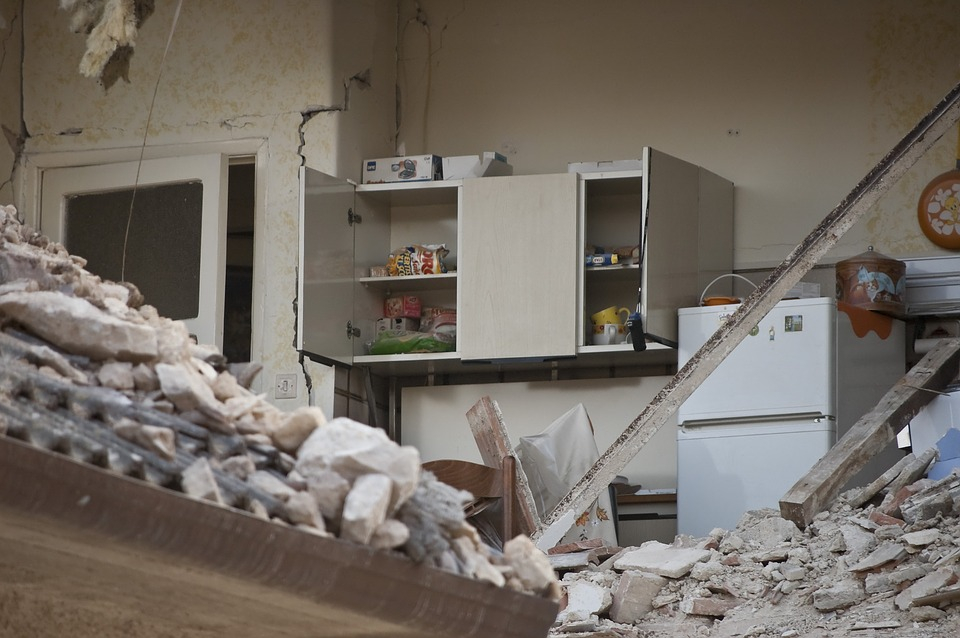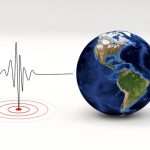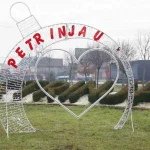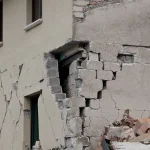As Poslovni Dnevnik writes, just a few days ago, two moderate earthquakes hit the Banovina area once again. At 01:32, seismologists from the Seismological Service recorded a moderate earthquake with the epicentre near Petrinja. The magnitude of the earthquake was 3.7.
Following that, seismologists from the Seismological Service recorded another moderate earthquake with the epicenter near Cuntic, a mere eight kilometres south of Petrinja. The magnitude of that earthquake was 3.6.
Croatian seismologist Kresimir Kuk told RTL.hr that these earthquakes are part of a series of earthquakes that are still unfolding and which started with the main Petrinja earthquake which caused sheer devastation back on December the 29th, 2020.
“These earthquakes aren’t coming as a surprise us. We’ve said many times that these sorts of series of them go on. The fact is that in the last month, I’d venture to say, we’ve had more frequent earthquakes and greater seismic activity and slightly stronger earthquakes than some multi-month average,” explained Croatian seismologist Kresimir Kuk.
He also commented on the thesis that appeared on social media that the Petrinja fault had finished ”rocking” and that the Pokupsko fault is now the active one, which is why many people were worried that there could be a stronger earthquake along the Pokupsko fault yet to come.
“All of it is a fault zone. We have a few bigger ones that are better known. The whole area is seismically active and this is a normal, common occurrence. We can say that the epicentres migrate. We have the entire area between Sisak, and even further down south, the entire radius of a few 10 kilometres around Sisak or Petrinja and the narrower epicentral area, we have earthquakes there that constantly occur for several months. They go down to Jasenovac and then go a little north, north-west… and that’s normal. It isn’t that one fault was activated by another, but rather that we have an epicentral area that is active,” Cuk said.
After the Petrinja earthquake, about 40 accelerographs and seismographs were installed in the Banovina area. Croatian seismologist Kresimir Cuk said a lot of earthquakes are still being recorded in the area and that the data they’re collecting is being constantly looked into and more deeply analysed.
“We’re getting large amounts of valuable data that will provide some significant information about this earthquake in Petrinja for many years to come,” Kuk said.
Asked whether the Petrinja earthquake may have relieved the energy in some of Zagreb’s own faults, such as the Kasinski fault, Kuk said that the interaction of the two epicentral areas would take much longer to see and that only time would tell how truly interconnected they are.
“The fact is that they’re far enough away that they aren’t directly connected. The Medvednica epicentral area is still active, which is normal, but it’s weakly active and it’s rare that we have earthquakes which are actually noticed. That’s something to be expected. When they do occur, then they release energy, but it’s more about establishing a new equilibrium state after the events of the main earthquakes and a series of subsequent earthquakes. It’s the establishment of a new equilibrium that will last for some time,” he said.
He also said that the thesis that it is better to have more small earthquakes that will relieve the energy that accumulates on a fault is theoretically justified.
For more, follow our lifestyle section.











